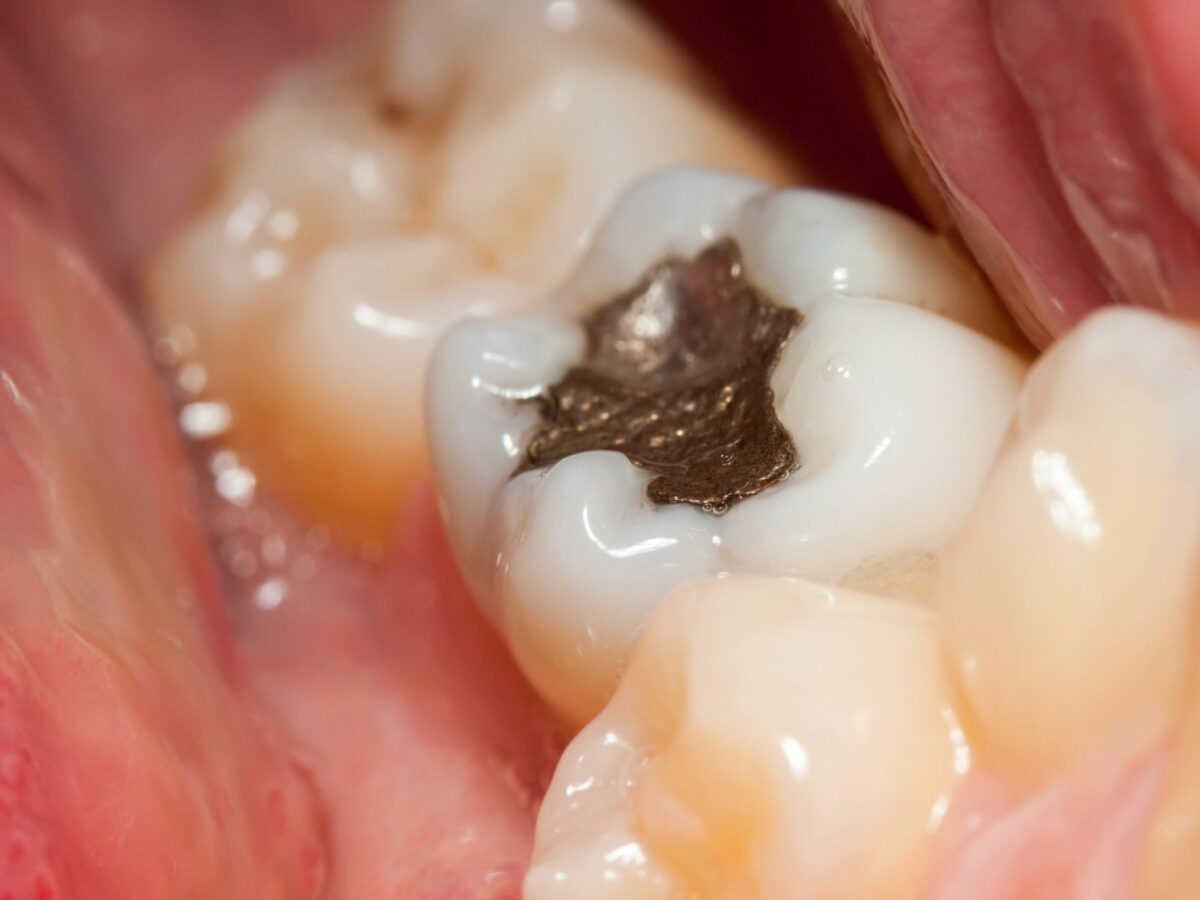Tooth decay is one of the most common oral problems in adults. Lack of oral hygiene can lead to oral cavities in your mouth. You might need dental fillings if you have severe cavities and it has affected the tooth pulp.
This article will help you understand the importance of dental fillings. You can also learn how dental fillings can protect your teeth. With effective dental procedures, you can protect your teeth for longer and get affordable dental care from the experts. We will also discuss how good oral hygiene and dental checkups prevent tooth decay. Knowing the indications of cavities, you can take the help of Crossby Dentist TX and preserve your dental and general health.
Why Are Dental Fillings Used?
Dental fillings are a material to repair damaged or decayed teeth. They are restorative materials that are filled in empty cavities. It restores oral function and maintains tooth structure. It also protects teeth from further decay and damage. It helps you bite and chew food normally even after severe decay.
If cavities are not treated properly, you might lose your tooth. This is why if you observe decay or damage you need immediate professional attention. Let us explore the steps for the dental filling procedure.
Steps For Dental Filling Procedure
The process to get your cavities filled is a routine procedure. Dentists first check your cavities and decay conditions to analyze if you need dental fillings.
Before the procedure begins, they administer local anesthesia to numb the area around the infected tooth. They then clean the site and use a drill to remove decayed matter.
First, the cavity is cleaned and then the infected pulp is removed. After this, they fill it up with a dental filling. You can choose the dental fillings based on your choice, and budget. Some affordable dental fillings might match your teeth’ color, but might not be long-lasting. While durable filling options might be expensive.
You can check the pros and cons of different dental fillings. This way you can find the right fit for your oral health. Finally, tooth polish to help the damaged tooth to blend seamlessly into your teeth.
Types of Dental Filling
1. Silver Dental Fillings
- Pros:
- They are durable. It often lasts 10–15 years or more.
- Strong enough for fillings in the back teeth, where chewing pressure is highest.
- Cost-effective compared to other options.
- Cons:
- Not aesthetic, as they have a silver color that is visible in the mouth.
- Contains mercury, which has raised some health concerns (though research suggests it’s safe in dental use).
- Best as Back teeth (molars), where durability is more important than appearance.
2. Composite Resin Fillings
- Pros:
- It is aesthetically pleasing. It can be matched to the color of natural teeth.
- Bond well to tooth structure, which can provide additional support.
- Suitable for both front and back teeth.
- Cons:
- Less durable than amalgam fillings and may wear out or stain over time.
- More expensive than amalgam.
- Best for the Front teeth or visible areas where appearance is important.
3. Ceramic Fillings
It is made from porcelain. It is a durable and tooth-colored material.
- Pros:
- It is highly aesthetic and can be matched to the natural teeth color.
- Resistant to staining and wear.
- Stronger and more durable than composite resins.
- Cons:
- More expensive than amalgam and composite fillings.
- Can be more brittle than other materials, potentially leading to cracking in large fillings.
- Best as Front or back teeth where appearance and durability are both important.
4. Gold Fillings
- Pros:
- They are extremely durable. It is often 15 years or more.
- They are resistant to wear.
- They do not corrode.
- They do not usually cause allergic reactions.
- Cons:
- They are highly visible due to the gold color. It is therefore less ideal for visible areas.
- Expensive compared to other types of fillings.
- Requires multiple visits to the dentist (since it’s custom-made).
- Best for Large cavities in back teeth, where durability is more important than appearance.
5. Glass Ionomer Fillings
A blend of acrylic and glass, which releases fluoride over time.
- Pros:
- It releases fluoride. It can help protect the surrounding tooth structure from further decay.
- They are good for fillings in areas that are not under heavy chewing pressure.
- Bonds well to tooth structure and can be used in cavities near the gumline.
- Cons:
- Less durable and wear-resistant compared to other materials (typically lasts 5–7 years).
- More prone to chipping and cracking.
- Best for Small fillings in areas that aren’t exposed to heavy chewing forces, such as in baby teeth or cavities near the gums.
How to Choose The Right Dental Filling?
The right dental filling is not only in your budget but also serves its purpose to protect your teeth. It also provides tooth structure and restores oral function. The severity of the cavity also affects the type of dental filling.
Then comes the location of the damaged tooth. If you need dental fillings in the front teeth, you might need a filling that matches your teeth color. Also, you need to keep in mind the budget. You must discuss your budget constraints with your dentist in advance. This will help your dentist suggest the best alternative option for dental fillings.
Conclusion
A simple way to transform your smile and improve your damaged teeth is to get dental fillings. It is an effective way to maintain your teeth and restore oral function. You might experience mild sensitivity for a few days after the procedure. It faded with time and you can go back to your normal routine.
Despite regular brushing and flossing, you might get tooth decay. This is why you must visit your dentist regularly. Consistent dentist visits and proper oral hygiene routines are two main preventative measures.
You can visit Crossby Dentist TX to get the best dental fillings for cavities. You can avoid dental cavities if you follow effective dental tips. You also need to follow oral hygiene measures to prevent plaque buildup.




